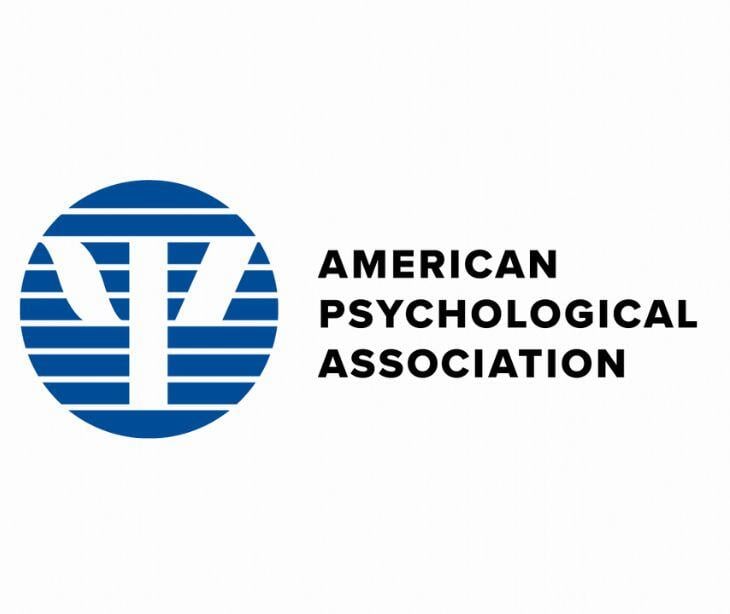2 min read
Using email in the treatment plan for narcissistic personality disorder
Kirsten Peremore
August 06, 2024

Understanding Narcissistic Personality Disorder (NPD) fully requires recognizing that those with the disorder often struggle with deep-seated insecurity and sensitivity to criticism, despite their outward appearance of confidence. Effective management and improvement of the symptoms require a constant and convenient method of communication between face-to-face sessions. This is where email fills the gap.
Understanding narcissistic personality disorder
According to a study from the American Journal of Psychiatry, NPD “...may be grandiose or self loathing, extraverted or socially isolated, captains of industry or unable to maintain steady employment, model citizens or prone to antisocial activities.” People with NPD often display a heightened sense of self importance and believe they are superior or special compared to others. This disorder doesn't just affect the individual with the diagnosis; it impacts everyone around them, including family, friends, and coworkers, who may feel undervalued, ignored, or manipulated.
Diagnosing NPD is typically the job of trained mental health professionals such as psychiatrists or clinical psychologists. These practitioners use their expertise to assess the individual's symptoms against the criteria set out in the Diagnostic and Statistical Manual of Mental Disorders (DSM), which is the standard classification of mental disorders used by mental health professionals in the US.
The nature of the treatment plan
Treatment for NPD is managed by psychologists, psychiatrists, and psychotherapists. An article published in Focus, The Journal of Lifelong Learning in Psychiatry, “Several treatment approaches are specifically adjusted to pathological narcissism and NPD (Table 5), but so far no single treatment strategy has proven superior or reliable. Psychoanalytic and psychodynamic therapy are the most common.”
One of the main approaches is Cognitive Behavioral Therapy (CBT), which helps individuals recognize and change harmful thought patterns and behaviors. CBT aims to reduce feelings of grandiosity and entitlement, improve interpersonal relationships, and manage sensitivity to criticism by fostering a more realistic self-image and better emotional regulation.
Another therapeutic approach is psychodynamic therapy, which delves into the underlying unconscious and deep-seated origins of narcissistic behaviors, often linked to early relationships and experiences. This type of therapy helps individuals understand the emotional background of their narcissism, leading to greater self-awareness and changed behaviors.
Group therapy is also beneficial as it places individuals with NPD in a setting where they receive feedback from peers who are facing similar issues.
In some cases, medications may be prescribed to manage symptoms of depression or anxiety that can cooccur with NPD, but there are no specific medications approved for treating NPD itself. The overall goal of the treatment is to help individuals build healthier relationships and more realistic self-esteem, equipping them to function better socially and personally. Treatment often requires long-term effort and commitment, as changes in personality traits and deeply ingrained behaviors take time.
How to use email as part of the treatment plan
- Make use of a secure, encrypted HIPAA compliant email service designed to support compliance.
- Email allows for continuous communication between the therapist and patient outside of scheduled sessions.
- Patients use email to report progress or setbacks, giving the therapist a more continuous view of their condition and the effectiveness of the treatment strategies.
- Therapists send homework assignments via email, such as reflective journaling prompts or tasks designed to challenge the patient’s narcissistic behaviors or thought patterns.
- Tailor email tasks to align with specific therapeutic goals, such as challenging negative thoughts or practicing gratitude, to reinforce skills learned in therapy.
- Use templates for common types of communication like progress check ins or feedback requests.
- Plan regular intervals for specific email interactions, such as weekly progress reports or reflections, to maintain a structured and predictable communication flow.
See also: Top 12 HIPAA compliant email services
FAQs
What is CBT?
CBT is a form of psychotherapy that focuses on changing negative thought patterns and behaviors to improve emotional regulation and develop personal coping strategies.
Is consent necessary to send patients emails?
Yes.
Are different forms of compliance protocols required by different forms of mental health employees?
Yes, different mental health professionals, such as psychologists, psychiatrists, and counselors, may be subject to varying compliance protocols depending on their role, the setting in which they work, and the type of information they handle.
Subscribe to Paubox Weekly
Every Friday we'll bring you the most important news from Paubox. Our aim is to make you smarter, faster.




